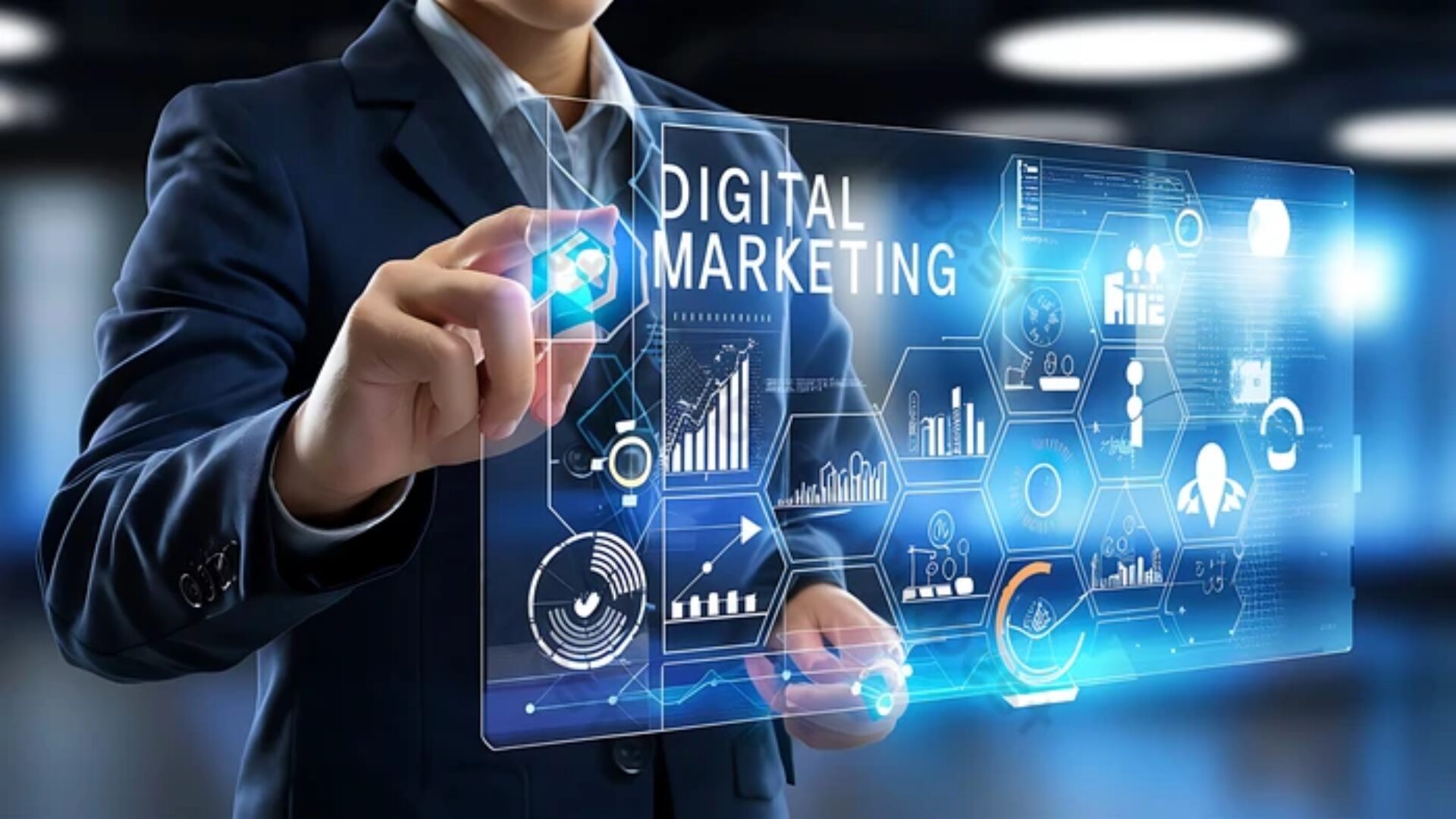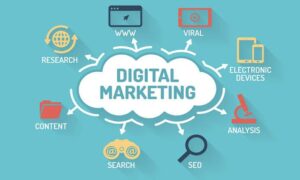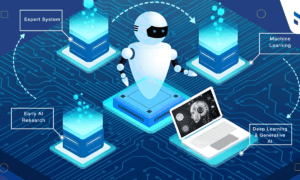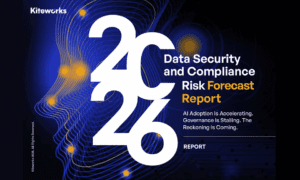Let’s be honest: if you had told most marketers a few years back that machines would help them write entire campaigns, they would have rolled their eyes. Some would have cracked jokes about robot copywriters. Others might have worried they’d be out of a job. Yet here we are in 2025, watching generative AI move from novelty to necessity.
But the story isn’t just about efficiency. It’s about how marketing feels different now. And frankly, it’s a bit surreal if you’ve been in the business for any length of time.
I still remember the old way. You’d sit in a conference room with stale coffee, a whiteboard full of doodles, and a deadline hanging over your head. The process could drag on for weeks: planning, drafting, revising, more revising. Some days you’d think, “There has to be a faster way.” Turns out there was. It just took a while for the tools to catch up with the ambition.
Fast forward to now, and it’s almost as if brands have discovered a secret power. Generative AI doesn’t just speed things up; it shifts the focus altogether. Instead of spending so much energy hammering out copy and graphics, marketers can spend more time thinking about the bigger picture: Who are we trying to reach? What do they care about? How can we surprise them?
I’ve talked to dozens of marketing teams over the past year, and the stories all sound similar. It goes something like this: At first, everyone’s skeptical. Then they run a small experiment—maybe generating a few social media posts or testing a new landing page. They see engagement tick up. They try more. Before long, AI isn’t just part of the toolkit. It’s at the center of it.
One brand manager I know said it best: “It’s like hiring the most enthusiastic intern you’ve ever met—except this intern never sleeps, never takes a lunch break, and doesn’t get bored.” That’s not an exaggeration. Generative AI can draft dozens of ideas in the time it takes you to open your email.
Of course, quantity alone doesn’t cut it. What’s fascinating is how much better the quality has become. A few years back, AI-generated text was clunky. It felt like a stitched-together Wikipedia page. Now, it can mimic brand voice in ways that feel surprisingly natural. You still have to polish, edit, and apply judgment, but the raw material is solid enough to build on.

The New Kind of Personalization
Remember when personalization meant tossing someone’s first name into an email subject line? That trick got old fast. Consumers got wise. They could tell the difference between something truly tailored and something that just looked personalized on the surface.
What’s happening now is far more sophisticated. Brands don’t just segment audiences into broad categories like “young professionals” or “parents.” They create micro-profiles that account for tastes, habits, and even moods. You browse a website for five minutes, and the next thing you know, the follow-up email feels eerily specific. It recommends products you actually considered, framed in language you find familiar.
There’s a story I heard recently about a home decor company that tested AI-driven personalization. They built different landing pages for customers who preferred minimalist designs versus those who liked boho chic. Even the headlines shifted tone—calm and sleek for one group, colorful and energetic for the other. Conversion rates improved by double digits. The team didn’t just celebrate the sales boost. They were stunned at how much more natural the experience felt to shoppers.
That’s the crux of it: when personalization is done well, it doesn’t feel invasive. It feels like someone’s paying attention in a good way.
Table: Personalized Email Content: Before and After Generative AI
| Traditional Email (Before AI) | AI-Driven Personalized Email (After AI) |
|---|---|
| Subject: “Exclusive Offer Just for You!” | Subject: “Jane, Ready for Your Summer Adventure?” |
| Content: Generic discount paragraph | Content: Tailored product picks based on past browsing behavior |
| Same email to all subscribers | Dynamic images and recommendations unique to each customer |
| Limited engagement tracking | Real-time feedback and adaptive messaging |
Content That Evolves in Real Time
Another big shift is the pace. In the past, launching a campaign meant locking in your messaging and hoping it would stick for weeks or months. If something wasn’t working, you’d grit your teeth and wait it out or scramble to replace assets at the last minute.
Not anymore. Marketers now treat content like a living thing that evolves in response to audience behavior. If an email subject line flops, they can swap it out that afternoon. If a social ad isn’t getting clicks, AI suggests alternatives before your competitors even notice.
I’ve seen teams create a dozen variations of a video ad in a single day. They test different headlines, voiceovers, and visuals. By the time they’ve spent a week refining, they’re already miles ahead of where they would have been with the old process.
It’s not just faster—it’s smarter. The data feeds back into the system, teaching the AI what resonates. That cycle of learning and adapting is why generative AI isn’t a passing trend. It’s a structural advantage.
Figure: Generative AI Workflow in Modern Marketing
The Freedom to Experiment
One of the side effects of all this speed is a cultural shift in how teams approach creativity. When content production was expensive and time-consuming, marketers tended to play it safe. Nobody wanted to risk an untested idea that might flop.
Now, it’s different. If you can spin up 20 versions of an ad without blowing the budget, why not take a few risks? Try a quirky headline. Use a bold color scheme. Appeal to emotion instead of logic. If it doesn’t work, you pivot. No harm done.
I’ve heard from creative directors who say they haven’t felt this free to experiment since the early days of digital marketing. Ironically, it took an algorithm to make creativity feel human again.
More Conversations, Less Broadcasting
One thing that’s really stood out in the last couple of years is how brands stopped treating people like a faceless crowd. You used to see so many campaigns that were basically a megaphone—someone on stage yelling, hoping the message would stick. You’d get a bland newsletter or some generic promo, and that was about it. If you wanted something specific, you’d have to hunt for it yourself.
These days, it feels different. Companies are finally figuring out that people want to talk, not just be talked at. Chat tools have gotten so much better. I mean, remember those old customer service bots that couldn’t answer anything beyond “What’s my order status?” They’d just loop you through the same canned responses. Now, you can actually ask real questions and get answers that make sense.
There’s this travel company I was reading about—someone told me they built a chat feature where you just describe the kind of trip you want, in normal language, and it comes back with ideas that actually match. Like, “I want to take my kids somewhere warm in October, maybe with hiking and not too expensive.” And it doesn’t spit out random links—it gives you options that feel tailored. That’s the kind of thing that wasn’t possible before.
And it’s not just about customer service anymore. More brands are putting these conversations right at the start. Before you’ve even decided to buy anything, they’re there to help, answer questions, suggest ideas. It feels more like having a guide than getting a sales pitch.
People notice when a company takes the time to listen. They also notice when you don’t. So the brands that figure out how to make this feel natural—like a back-and-forth instead of a script—are the ones that are going to stand out. It’s just hard to go back to the old way once you’ve experienced something better.
Staying Authentic in an Automated World
Of course, there’s another side to all this. It’s easy to get a little too excited about automation. You start thinking, “We can have AI write everything, schedule it, post it, track it.” And before you know it, all your messages start sounding the same.
I’ve seen it happen. You read an email or a website and think, “Did an actual person write this?” Sometimes it feels like the content was assembled by a machine ticking boxes. Sure, it’s efficient. But there’s no warmth. No quirks. No voice.
The brands that keep their edge are the ones that don’t let go of that human layer. They use the tools, but they also step back and ask, “Does this feel like us?” They rewrite things, add a personal touch, maybe even leave in a little imperfection. That’s what makes a message feel real.
It’s tricky, though. You can’t ignore automation, or you’ll never keep up. But if you lean on it too heavily, you lose what makes your brand worth paying attention to. That balance—using the tech without losing your soul—is probably the biggest challenge for marketers now.
What Comes Next?
If there’s one thing nobody can deny, it’s that the pace isn’t slowing down. Every time you think you’re caught up, something new rolls out. Better tools, faster systems, more ways to automate.
It can feel overwhelming. But it can also be exciting. There’s always a new way to connect, to test, to improve. The trick is remembering why you’re doing it in the first place. You’re not just chasing clicks or likes. You’re trying to build something that feels meaningful to the people you’re talking to.
So yeah, AI is going to keep changing the way marketing works. That’s just how it is. But the core doesn’t really change. You still have to understand what matters to your customers. You still have to be honest, and clear, and human.
At the end of the day, tools are tools. They can help you say something better or faster. But they can’t replace the part where you care about what you’re saying. That’s the piece no algorithm can do for you.
Authored by Hari



































